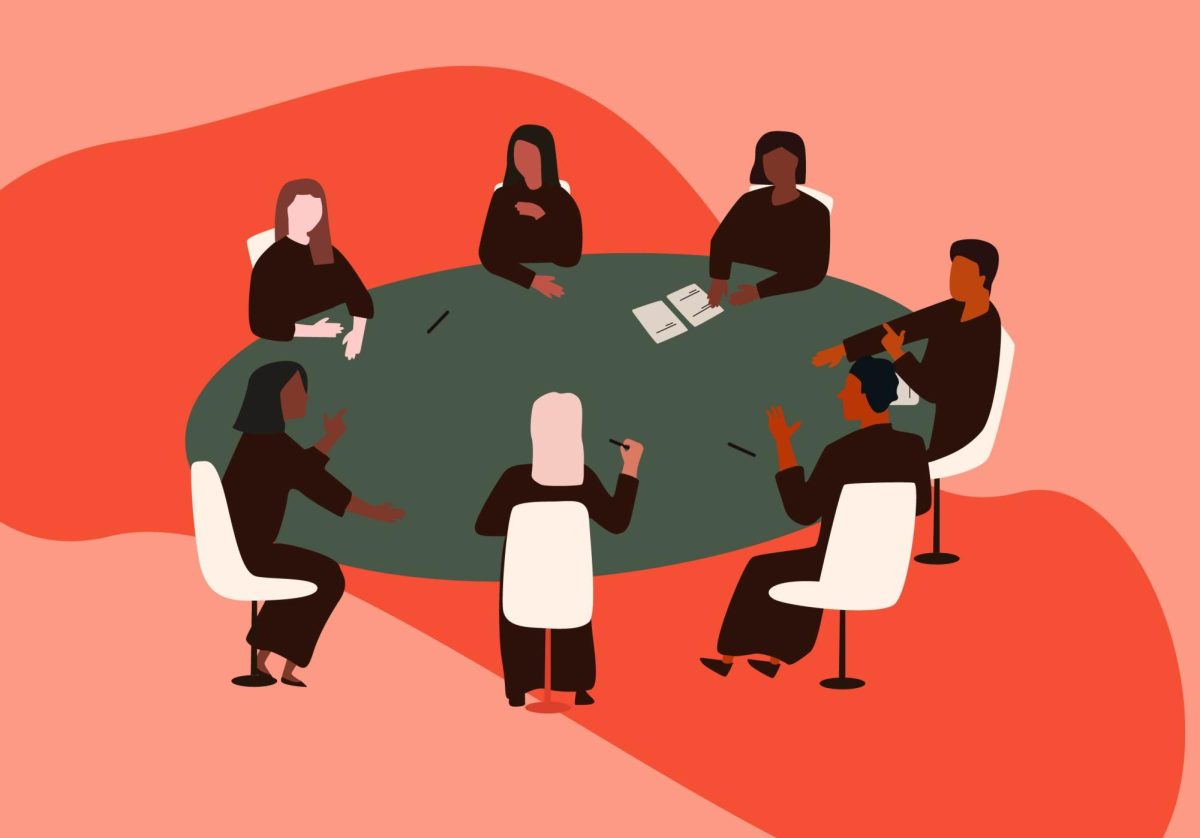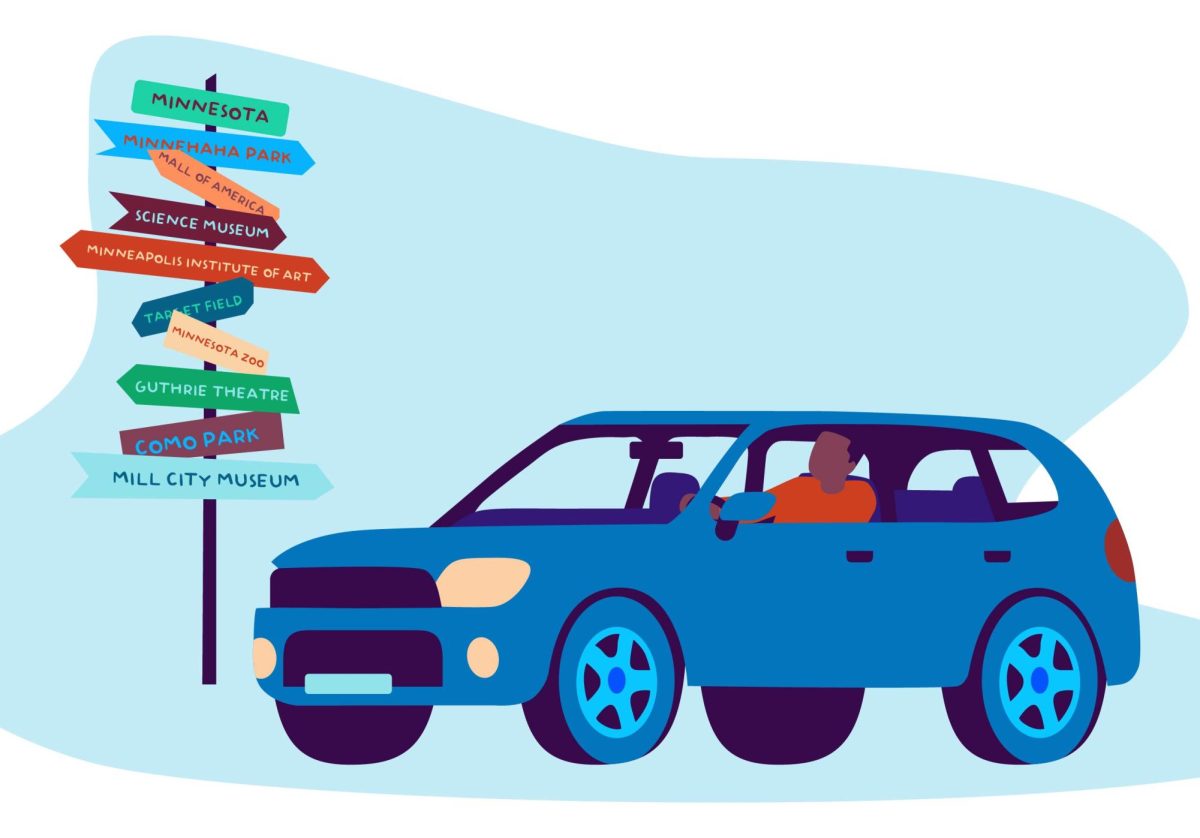All across the country, people are finding bodies in cars, on the streets and in bedrooms. They are of many ages, genders and social classes and they are the latest victims of our country’s opioid epidemic. Since the 1990s, pharmaceutical companies have been heavily and often misleadingly marketing opioid drugs to doctors as a cure for all pain. In turn, doctors began to write too many prescriptions of the highly addictive drugs. Once patients become dependent on the drug, they often turned to cheaper illegal opioids, like heroin or fentanyl.
This crisis even claimed one of our own last year, Dr. Jason Beddow, a professor of applied economics in St. Paul. He was found dead in his office, the victim of a fentanyl overdose, which is an opioid over 100 times stronger than heroin that is often laced into other drugs.
The University of Minnesota cannot end the epidemic — it’s something that President Trump and Governor Dayton must fix — but the University can play a serious role in preventing opioid overdoses. The University should stock naloxone (more commonly known as Narcan), a kind of miracle drug that can revive those who have overdosed on heroin, in places like dorms and fraternity houses to save lives.
According to a 2016 Minnesota Daily article, heroin usage by University students is currently half the national average of 1 percent.
Additionally, many people who overdose die from drugs mixed with fentanyl. Lil Peep, a rising Soundcloud rapper, died from fake Xanax bars cut with fentanyl. As Carol Falkowski, CEO of Drug Abuse Dialogues, told KARE11, “The fact that this synthetic fentanyl is showing up both in street drugs and pressed into counterfeit pills that look like legitimate pills is an incredible change in the drug abuse situation.”
Not everyone suffering from opioid addiction is buying the drugs illegally. Opioids are prescribed so heavily in our country that a Centers for Disease Control and Prevention study found that there were enough prescriptions in 2012 to give every adult a bottle of opioid pills. Thousands of people die every year from overdosing on their painkillers.
Increasing access to naloxone is about increasing the safety of our campus. It won’t decrease addiction on campus, but it will save people’s lives. Studies have found that distributing naloxone doesn’t increase consumption. There really is no reason that the University shouldn’t increase access to the drug. A nasal spray kit costs only $40. The drug has no serious health consequences, even if accidentally taken, and has no addictive qualities. The nasal spray is also easy to use.
Our University must take a stand for the safety of its students. The small cost of naloxone is nothing to the immeasurable worth of our students, faculty and staff struggling with addiction. The University of Minnesota should be at the forefront of the battle against opioid overdoses.





















